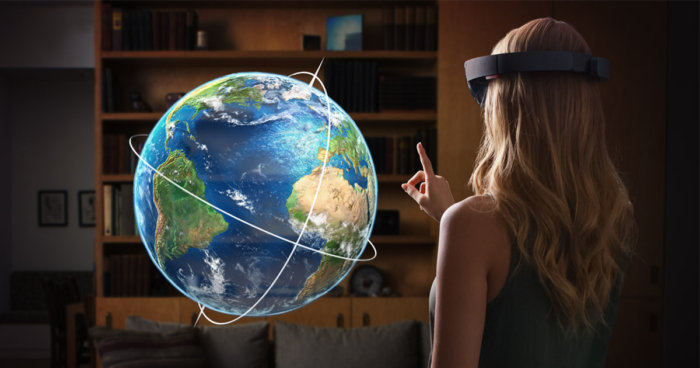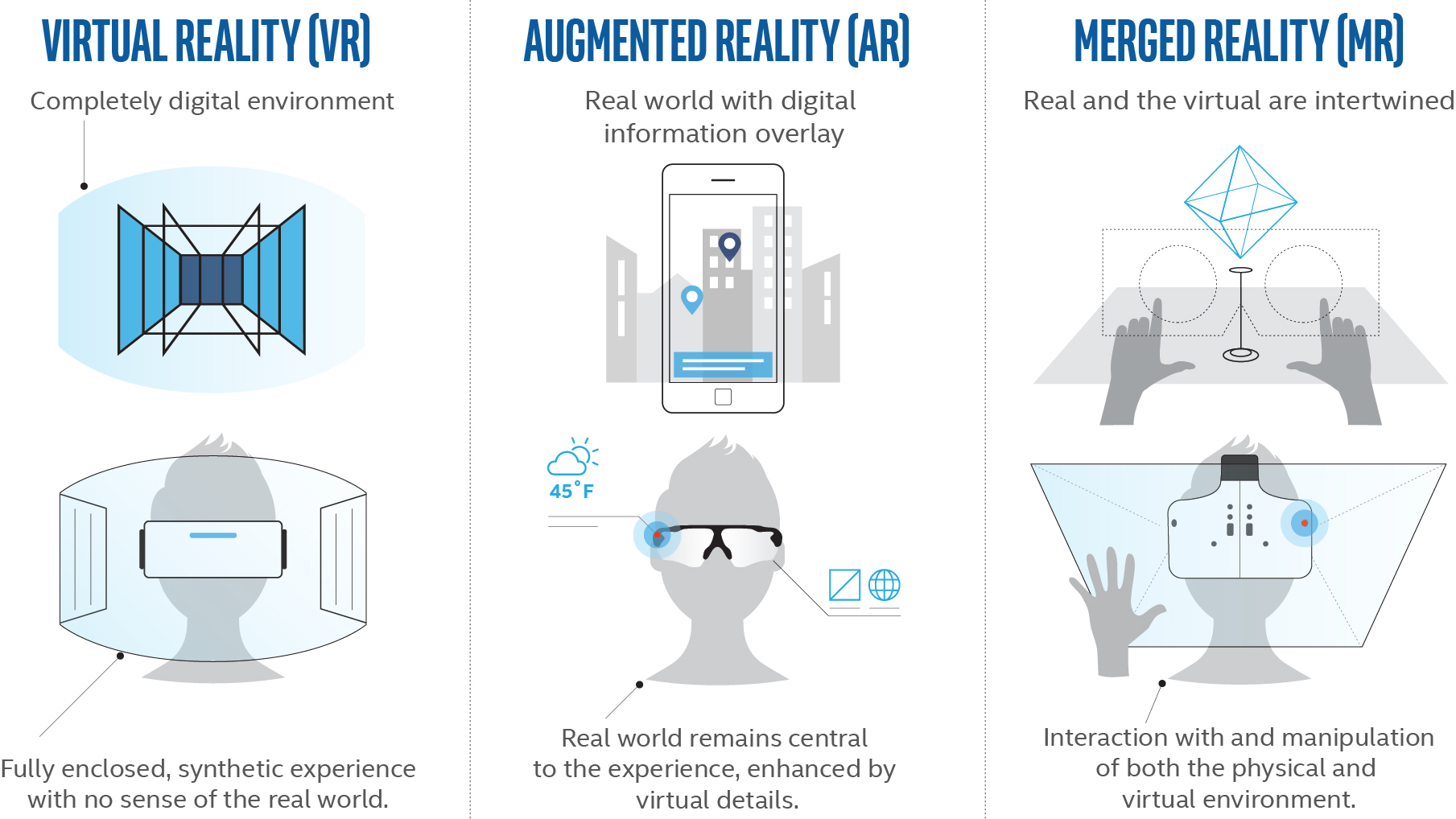
The digitally-enhanced reality of tomorrow is near, but conflicting marketing buzzwords remain an obstacle today. (Via iStockphoto)
Wearer Beware: Seeing Important Differences in Two New Technologies
It’s been a staple of cheap science fiction for decades now. One day in the not-too-distant future, everyone from starship pilots to Earthbound businessmen and taxi drivers will navigate the world of the future wearing sleek über-cool glasses replete with digital displays, x-ray vision and other high-tech interfaces.
Actually, the world of tomorrow might be just around the corner with the advent of augmented reality (AR) glasses, as well as new wearables designed to provide users digital information in the proverbial blink of an eye.
Today’s consumer technology remains limited to an initial generation of two different means of visually interfacing with the digital world: smartglasses and AR headsets. Aside from shared traits such as their relative cumbersomeness and unrepentantly geeky Silicon Valley future-chic styling, smartglasses and full-on AR headsets represent two distinct technologies with differing uses, a distinction that may be lost on new users.
According to an editorial on industry news site RoadtoVR, by Ben Lang, smartglasses and AR headsets are both primed to begin wider industrial and consumer adoption in 2018. However, consumers are likely to be confused and misled by a “hodgepodge of confusing marketing terms,” muddling the differences between the two technologies. Namely, Lang points out that while smartglasses are already being wrongly marketed as AR devices, true AR functionality at the moment is limited to the purview of dedicated headsets and that no line of consumer smartglasses has yet to integrate meaningful AR features.

A simulation of what a smartglasses display is capable of: the device could recognize someone on the streets and display information from the Internet, but doesn’t display a truly augmented/altered view of the scene. Via TechRepublic.
Breaking down this subtle but important difference, Lang explains that smartglasses “are to glasses as smartwatches are to watches” in the sense that they can convey basic information to the user (such as activity tracking, navigational directions, texts and incoming calls, etc) with the primary distinction being that “the benefit of smart glasses is not needing to take your eyes off of what you’re doing to see the info.” Essentially, smartglasses are little more than miniaturized heads-up-displays (HUD) that simply overlay information on a pane between a user’s eye(s) and the world without meaningfully altering or enhancing the wearer’s view of it.
While noting that observers expect that “AR Headsets will eventually shrink enough to be rightfully called AR glasses” and that the two technologies may eventually converge, for the time being headsets incorporating true AR “go much further than simply being a head-mounted HUD” and “require significantly more complex hardware onboard.” Rather than simply conveying basic information or adding a simple digital overlay to one’s environment like today’s smartglasses, AR-capable devices meaningfully augment a user’s visual reality, allowing the user to see and even interact with an immersive, 3-D digital layer to reality rather than merely an informational overlay.

AR displays –as shown in this concept art of what a user for Microsoft’s HoloLens might experience– let the user “see” and even interact with digital enhancements and additions to their surroundings.
For instance, AR could let users walk around a virtual piece of AR art, provide them an interactive 3-D tutorial while taking apart an engine, or let them virtually try on new hairstyles while looking in a mirror.
While Lang’s analysis places these two technologies into two distinct categories, it’s worth noting that none of these terms have been satisfactorily determined by the market, manufacturers, or regulators. Hence, the lines between these technologies will likely remain blurry and confusing, much in the way that wraparound, interactive video footage is being sold as “VR.” Some analysts’ definitions of AR includes simple informational overlays such as that featured in Google Glass and other smartglasses, while others share Lang’s more restrictive definition of what AR is (and isn’t). Others still add the additional category of ‘mixed reality’ (MR), an equally ambiguous subset to AR that features more interactive environments akin to VR.

…Though not everyone agrees: exact definitions of AR and specific differences between AR and MR remain hard to pin down. Via appliedart.com







Leave A Comment